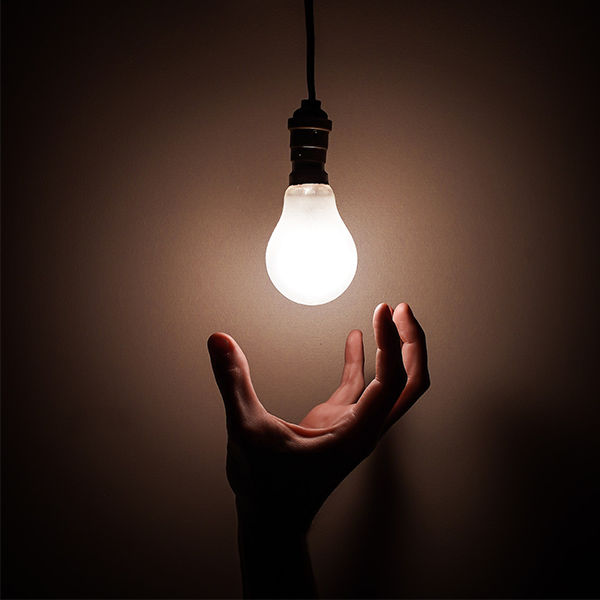5 Reasons why your LED Lights aren't lasting as long as you'd expect

LED lighting has quickly gained popularity in recent years due to their energy efficiency and long-lasting nature. LED bulbs are said to last up to 25,000 hours, which is significantly longer than traditional incandescent bulbs. However, some people may find that their LED lights don't last as long as they would expect. In this blog post, we will explore five reasons why this might be the case.
Lab conditions for LED bulbs don't always translate to the real world
LED manufacturers test their bulbs in controlled lab conditions that simulate a perfect environment for the bulb. However, the real world is far from perfect. There are many factors that can affect the lifespan of an LED bulb, including temperature, humidity, and the quality of the power supply.
For example, if you install an LED bulb in a fixture that is not properly ventilated, it may overheat and fail prematurely. Alternatively, if your power supply is poor quality, it may cause fluctuations in voltage that can damage the bulb.
Incompatible dimming components
Many LED bulbs are designed to be dimmable, but not all dimming systems are compatible with LED bulbs. If you install an LED bulb on a dimming system that is not designed for LED bulbs, you may experience flickering, buzzing, or even damage to the bulb.
When purchasing LED bulbs, it is important to check the packaging to ensure that they are compatible with your dimming system. Alternatively, you may need to upgrade your dimming system to one that is designed for LED bulbs.
Power surges or unusually high voltage
Power surges and unusually high voltage can cause damage to LED bulbs. This can occur due to lightning strikes, power outages, or even faulty wiring. If your LED bulbs are flickering or burning out prematurely, it may be due to power surges or high voltage.
One solution to this problem is to install a surge protector or voltage regulator. These devices can help protect your LED bulbs from damage caused by power surges or high voltage.
Bad connections
Bad connections between the bulb and the fixture can cause problems with LED bulbs. If the connection is loose or corroded, it can cause flickering, buzzing, or even failure of the bulb.
To prevent this problem, it is important to ensure that the connections are clean and secure when installing LED bulbs. If you notice any signs of corrosion or damage to the connections, it is important to replace them before installing a new bulb.
Overheating
LED bulbs generate heat, and if they are not properly ventilated, they can overheat and fail prematurely. Overheating can also be caused by installing the wrong type of bulb in a fixture that is not designed for LED bulbs.
To prevent overheating, it is important to ensure that your LED bulbs are installed in fixtures that are designed for LED bulbs. You should also make sure that the fixtures are properly ventilated to allow heat to escape.
Bad Batch
In rare cases, LED bulbs may fail due to manufacturing defects. If you have a batch of LED bulbs that are failing prematurely, it may be due to a bad batch. In this case, it is important to contact the manufacturer or retailer to request a replacement.
In conclusion, LED bulbs are designed to be long-lasting and energy-efficient. However, there are many factors that can affect their lifespan. By taking steps to ensure that your LED bulbs are installed in the right environment, connected properly, and protected from power surges, you can maximize their lifespan and enjoy their energy-saving benefits for years to come.
- Choosing a selection results in a full page refresh.
- Press the space key then arrow keys to make a selection.
